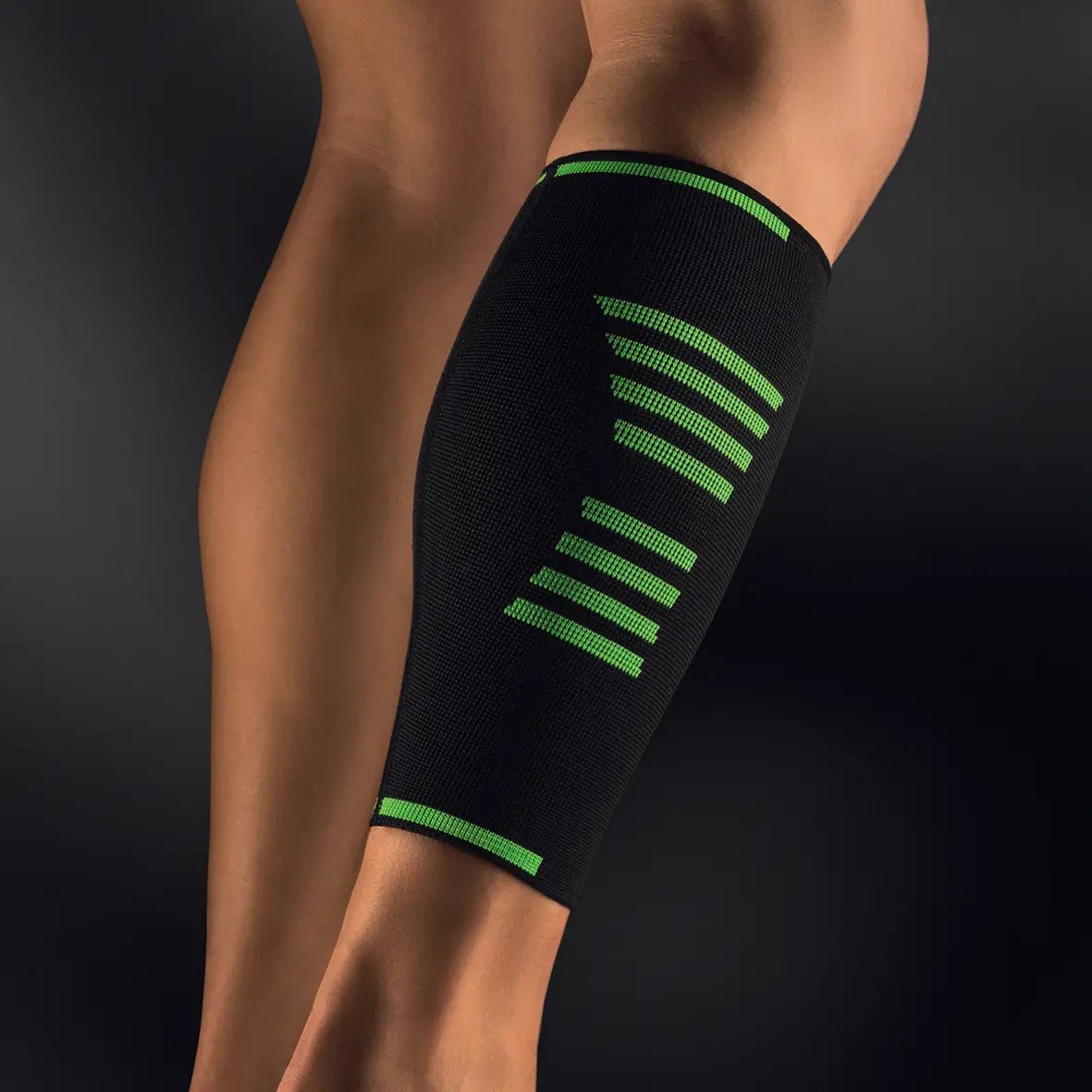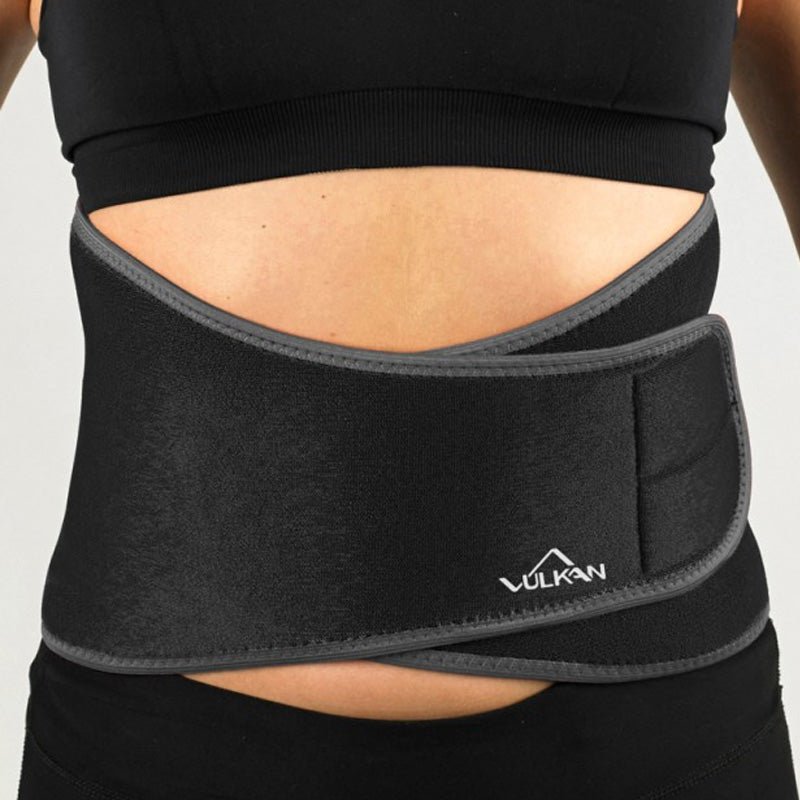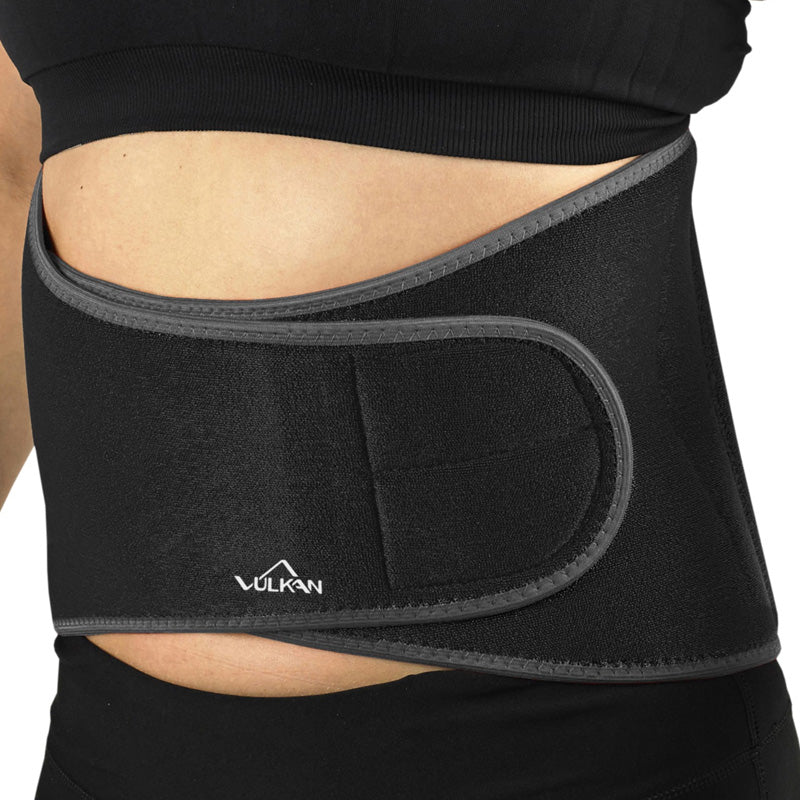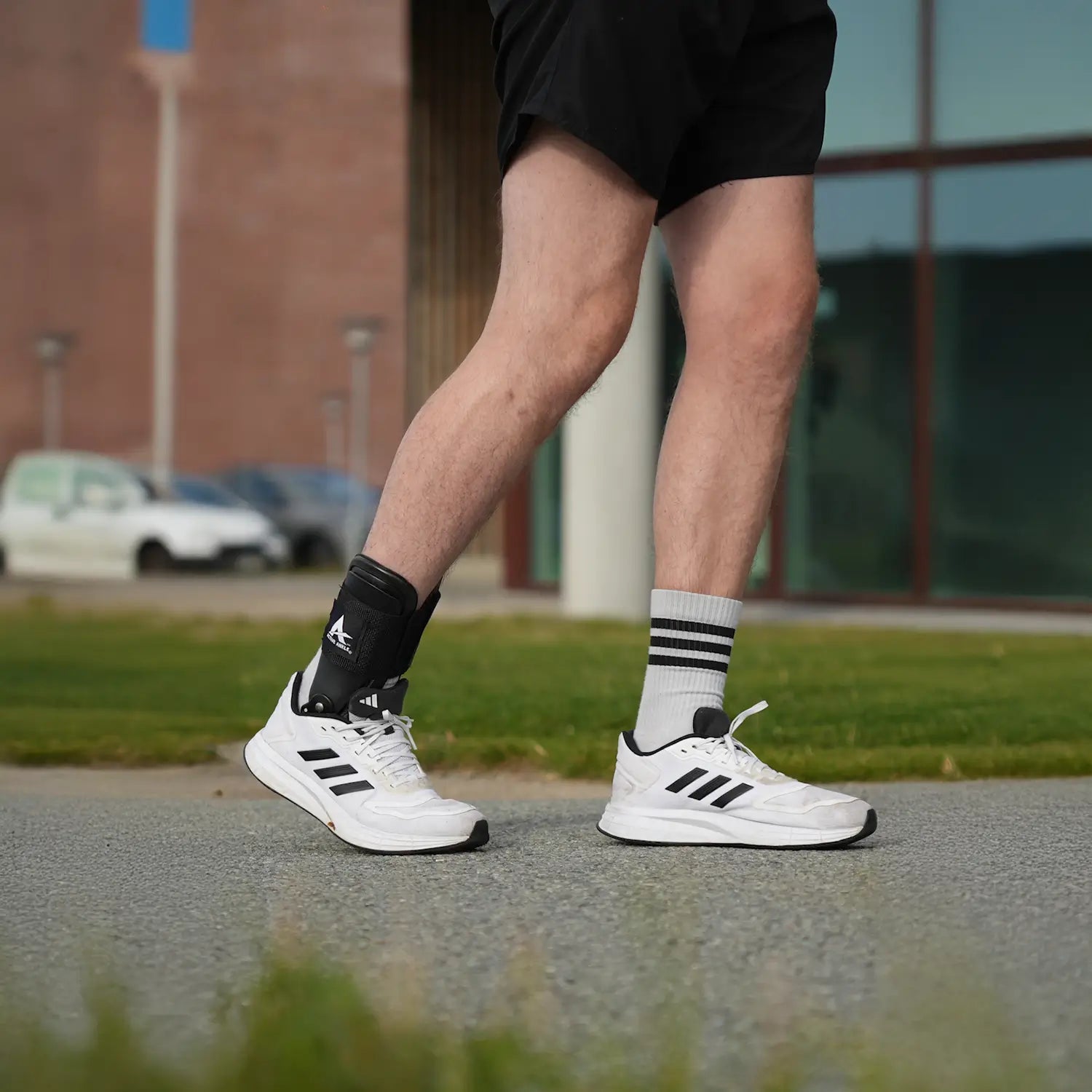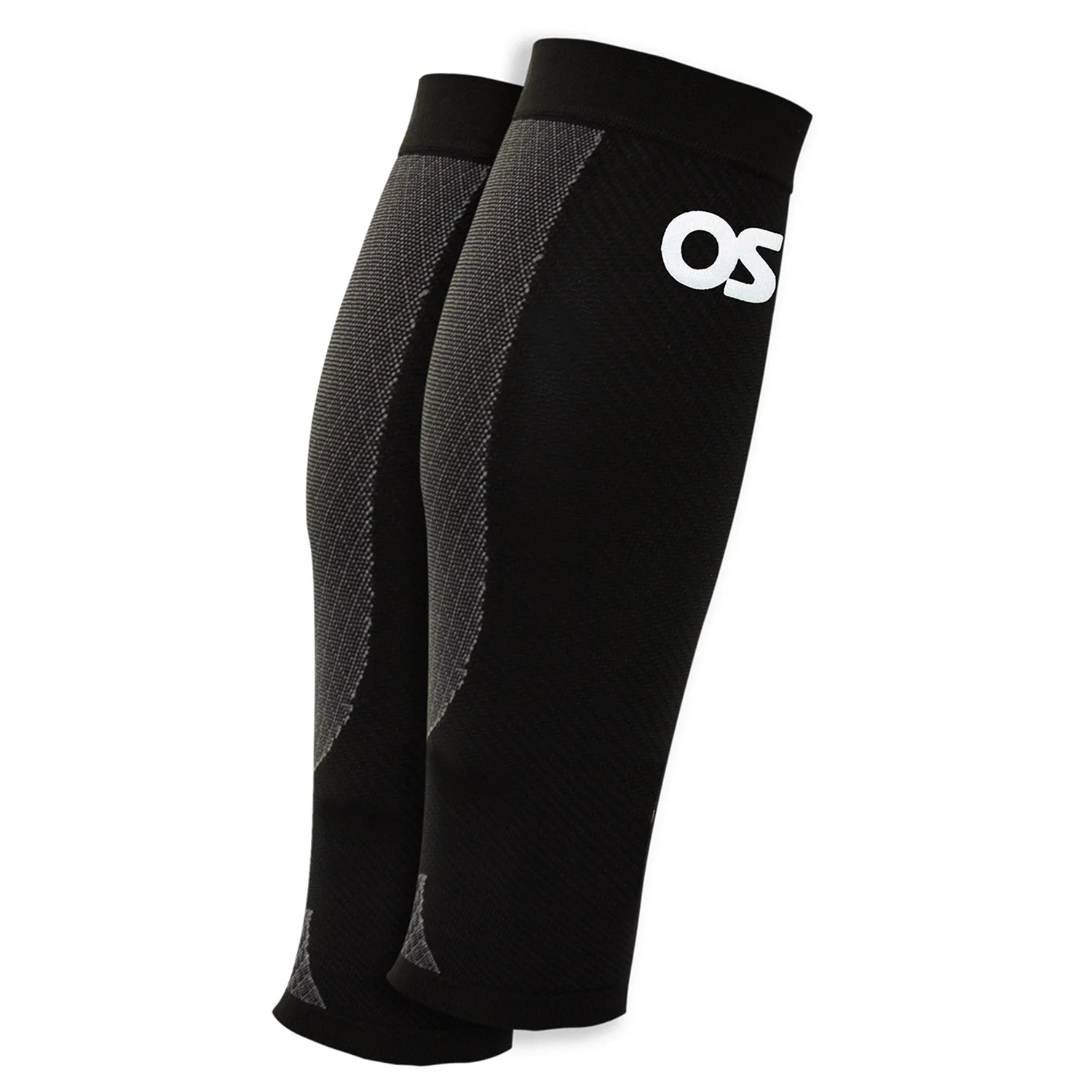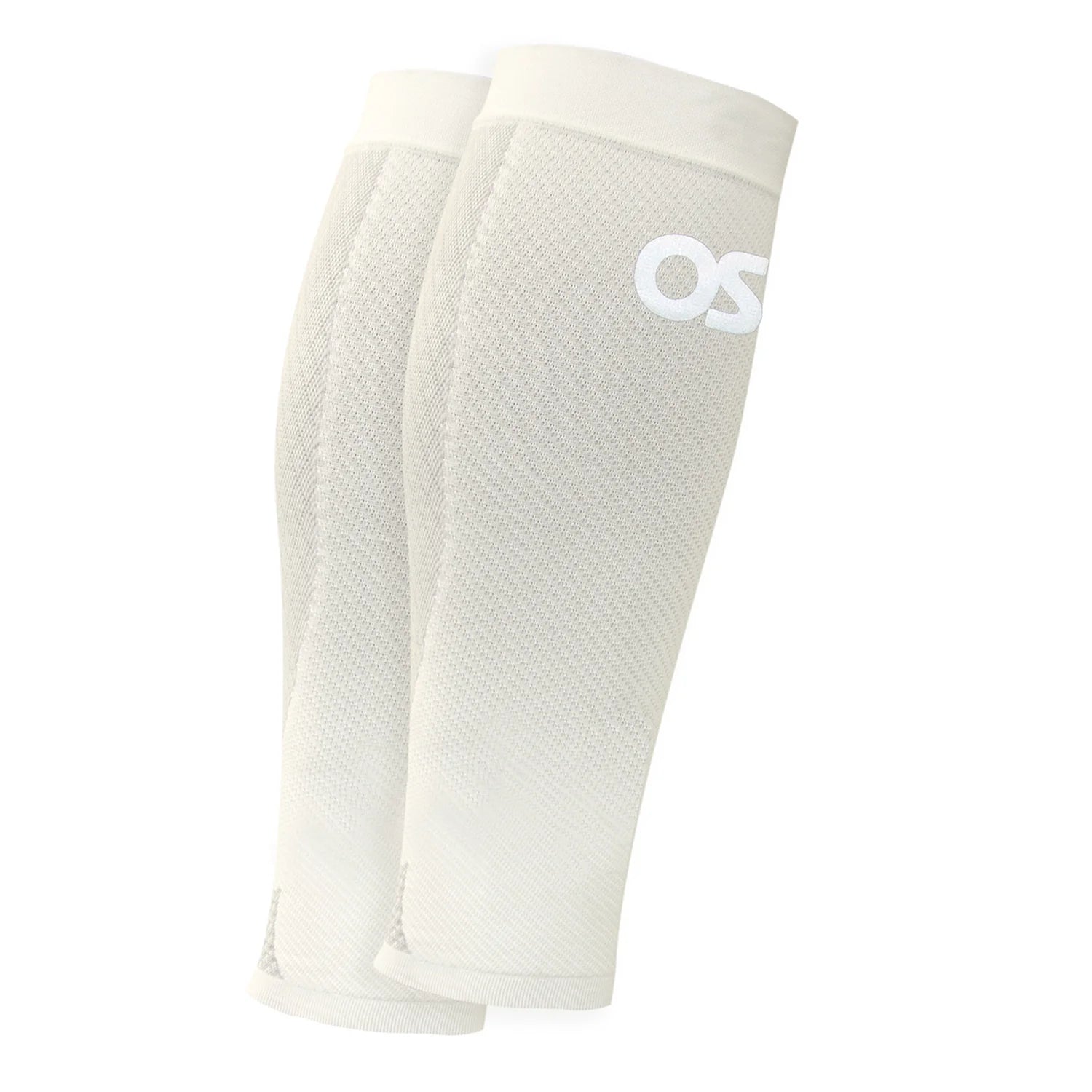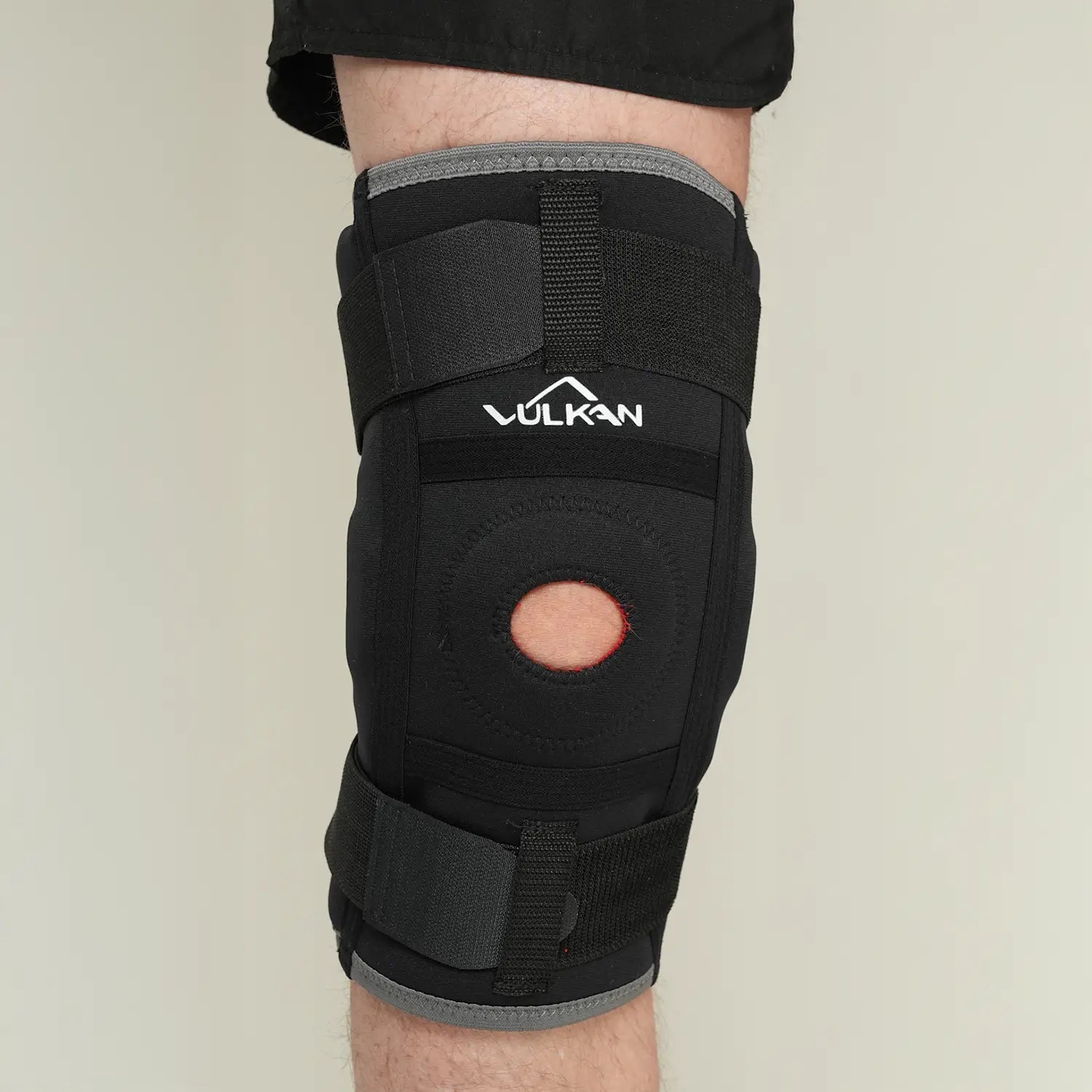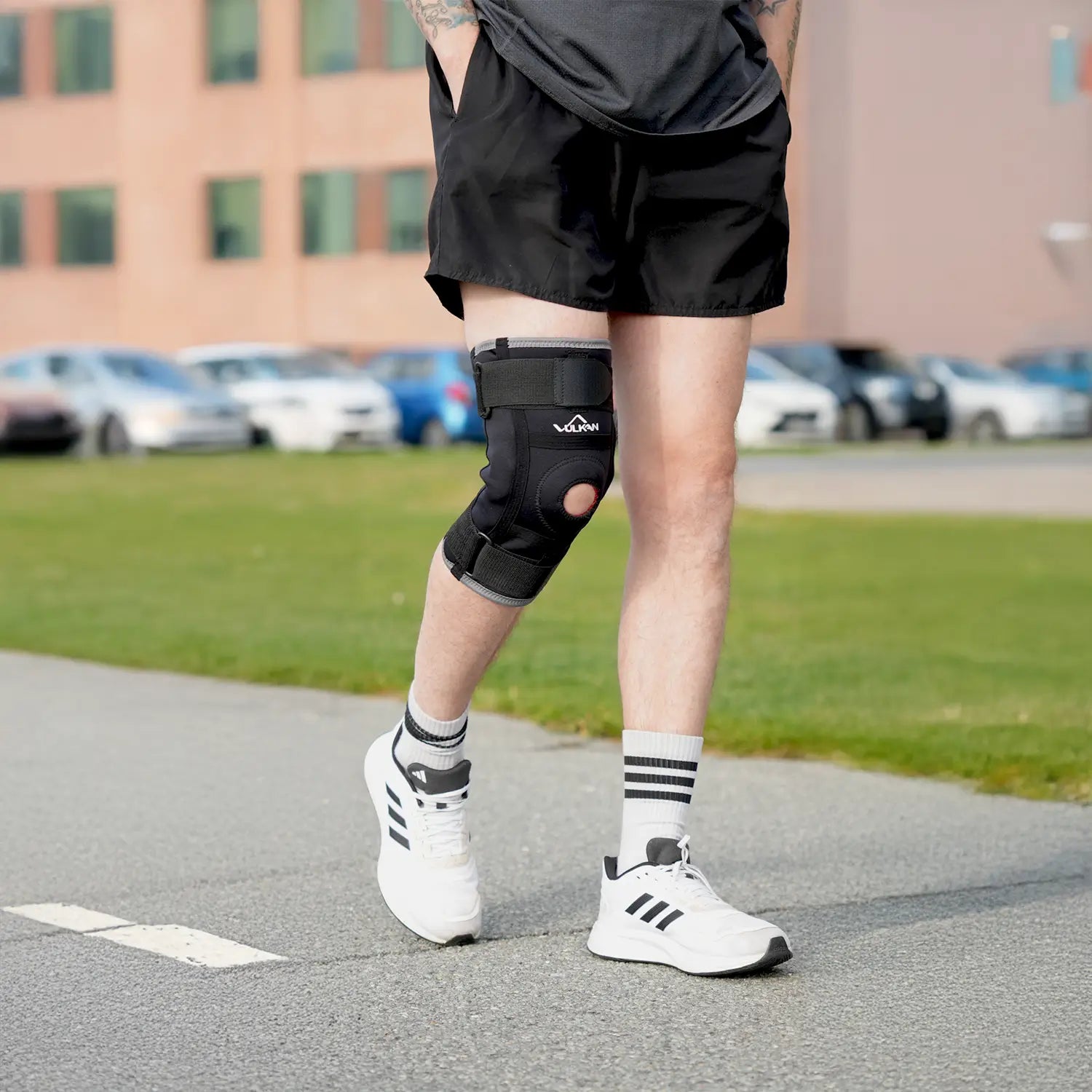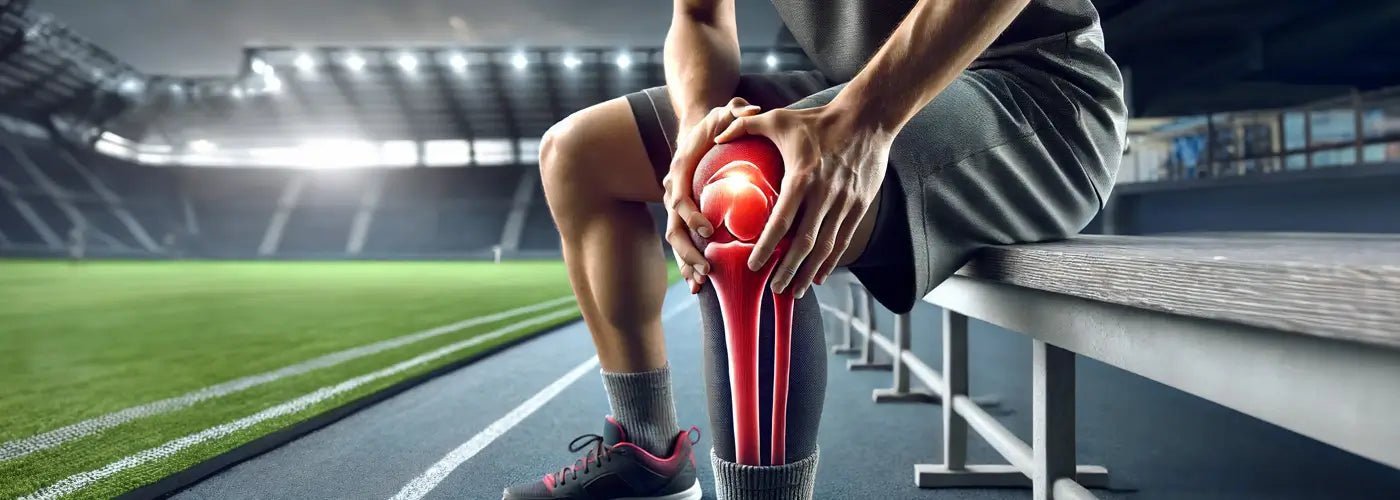
Patellofemoral pain syndrome (PFSS)
Content description
Patellofemoral pain syndrome (PFPS) is one of the most common causes of pain in the front of the knee, especially in young and physically active people. The condition is sometimes called "anterior knee pain" or "runner's knee". Patellofemoral pain syndrome occurs when the kneecap does not slide optimally against the thighbone, which leads to overloading of the soft tissues in and around the knee joint. The pain can come on gradually, often without any obvious injury, and many people experience discomfort when, for example, running, climbing stairs or sitting for long periods of time. The discomfort often affects everyday life and limits the level of activity, but the right measures and treatment can make a big difference.
How is Patellofemoral Pain Syndrome diagnosed?
PFSS presents with a variety of symptoms that can vary in intensity. Below are the most common signs of patellofemoral pain syndrome:
- Pain in the front or around the kneecap, especially with movement
- Pain that worsens with climbing stairs, squatting, or after sitting for a long time
- Stiffness or difficulty straightening the knee fully
- Popping, cracking, or a feeling that the kneecap is “jumping” during movement
- Often increased pain during exercise or after exertion
When and where should I seek care?
If you experience persistent pain in the knee region that does not go away with rest, self-care or simple measures, it is a good idea to seek help from a physiotherapist or a health center. In case of acute pain, severe swelling or if the knee feels unstable, you should seek medical attention immediately to rule out more serious injuries. In the vast majority of cases, PFSS is harmless, but long-term problems may require guidance from a healthcare professional to create an individualized rehabilitation plan.
Treatment
The treatment of Patellofemoral pain syndrome is primarily based on relief and adapted training. It is important to identify and address the factors that have contributed to the discomfort. In many cases, this is due to overload, incorrect load on the knee joint or lack of strength in the thigh, hip or torso. By focusing on specific training exercises, you can improve the function of the muscles and support around the knee.
A physiotherapist can show you effective exercises that strengthen the front of your thigh (quadriceps) and the stabilizing muscles of your hip. Strength training, preferably in combination with balance and mobility exercises, is the foundation of rehabilitation. It is also good to gradually return to strenuous activities, so that the knee joint gets used to the increased effort without being overloaded. Avoid pushing yourself through the pain – pain is the body's way of signaling that something is wrong.
For some, wearing knee pads or orthoses for a period of time can reduce discomfort, especially during exercise or longer walks. If foot position is affecting the load on the knee, inserts or custom shoes can help improve walking patterns. Sometimes taping is used to guide the kneecap correctly during movement, but this is usually a supplement and should always be combined with exercise.
In cases of severe pain, painkillers can be used temporarily. In rare cases, if symptoms do not improve after prolonged exercise and self-care, surgery may be considered. However, this is uncommon – the vast majority of people make a full recovery with proper exercise and adjusted activity levels.
What can I do myself?
There is a lot you can do yourself to reduce the risk of recurring problems and to speed up recovery. Start by analyzing how and when the pain occurs. For example, if you notice that a certain type of exercise or shoes triggers the problem, it may be wise to make a change. Try to keep moving regularly but with varied loads, and avoid monotonous or too one-sided movements for long periods.
Building strength in your legs and hips reduces the risk of overuse injuries and improves overall body stability. Also, make sure you have the right equipment for your activity – for example, supportive shoes or possibly custom inserts if you have foot deformities. Mobility training and stretching of the thigh and hip muscles are good for maintaining good balance around the joint.
By paying attention to your body's signals and taking time to recover, you can reduce the risk of PFSS recurring. It's also wise to seek professional help if you're unsure how to proceed.
Recommended products
How long does it take to get well from Patellofemoral Pain Syndrome?
With the right training and adapted load, most people get better within a few weeks to a few months, but it may take longer if the problems have been long-term.
Can I continue exercising despite pain?
Yes, but adapt your training to what your knee can handle. Avoid activities that increase pain and focus on strength training and mobility exercises until the pain has subsided.
Do I need a knee brace?
Many people find that a lighter, elastic knee pad provides security and relief, especially during training or prolonged stress. Please consult a physiotherapist to choose the right model.
Can patellofemoral pain syndrome lead to permanent problems?
In the vast majority of cases, the symptoms will disappear completely if you receive the right treatment and adjust your training. Long-lasting or recurring pain should always be investigated.




